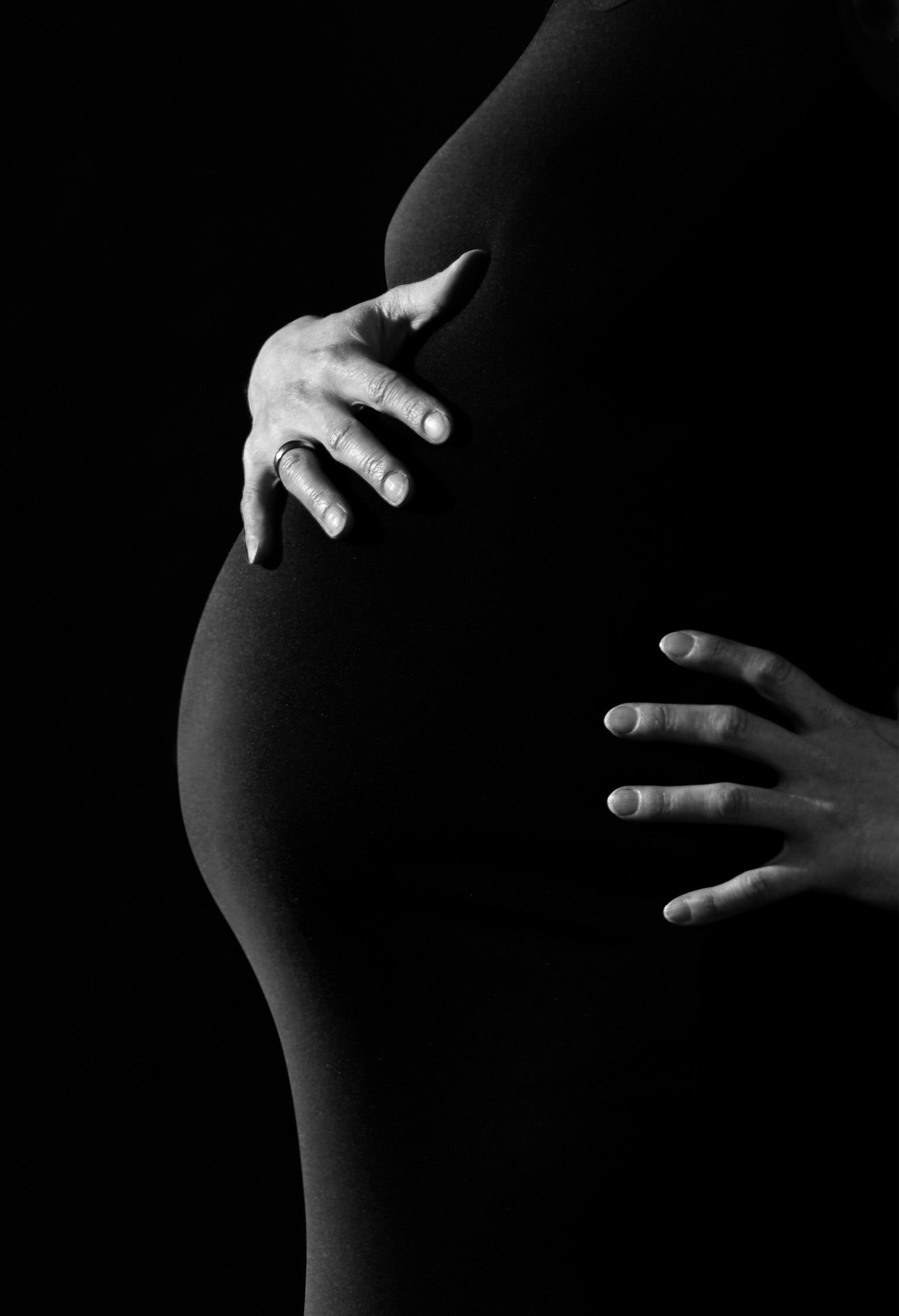After talking to many midwives and doulas around Boulder Country and listening to patients’ birth stories, it is clear to me that every labor and delivery is different. No two births are completely alike. While there are some aspects of labor and delivery that you cannot control, here is a list of things you can do before and during delivery to help you physically prepare for birth.
1. Change positions as you need to be comfortable during labor. Moving around and being in an upright position can help baby reposition and move down into the pelvis, thus helping to speed up the second stage of labor. (Berta et al. 2019)
2. Rest when possible between contractions or if contractions subside for a little while.
3. In the third trimester, practice being in different positions. Laboring in positions that allow you to be upright or on all fours can increase the likelihood of a spontaneous vaginal delivery and reduce the chance of an operative vaginal delivery. (Gizzo et al. 2014).
Practice relaxing and breathing in the following positions:
– lying on your side
– on hands and knees
– supported kneeling (leaning on ball or partner while on your knees)
– “captain morgan stance” standing with one foot up on a chair, bed, or stool.
Try different positions and see which you like the best. Which positions are you able to best relax your jaw, pelvic floor, and body?
4. Get Strong. Resistance training in pregnancy improves strength and overall endurance needed for labor. Performing strength training and aerobic exercise in pregnancy reduces the rates of c-section and instrumental vaginal deliveries. Exercising during pregnancy also reduces incidence of urinary incontinence and lumbopelvic pain. (Canadian Guidelines, Mottola et al. 2019). Work with a physical therapist during pregnancy to build strength and reduce musculoskeletal pain.
5. Practice relaxing your pelvic floor. This happens naturally when you pee, poop or pass gas, so try reproducing that same feeling in your perineum when you’re in the positions mentioned above. This is the opposite of kegel (trying to stop pee). Your pelvic floor should relax during labor, even as you push to allow the baby to pass through. Think of “opening”, “relaxing” or “lengthening” the sphincter muscles around the vagina and rectum. Work with a pelvic floor PT to see if you are coordinating a pelvic floor relaxation correctly.
6. Making low pitch sounds like “MMM”, “HUMMM” or low moaning during labor can help open your jaw and throat, which also helps relax the pelvic floor. Try a few sounds and see which works the best for you. (Gaskin I. Ina May’s Guide to Childbirth. New York: Batham Books, 2003)
7. During delivery, have the doctor/midwife or nurse use a warm compress at the perineum and provide a gentle perineal stretch to help reduce 3rd and 4th degree tear. (Aasheim et al. 2017) (Seehusen et al. 2004).

